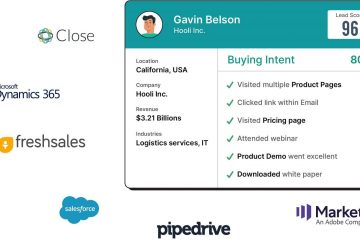Guide to Single Customer View (SCV)
Article updated on 12th July, 2022 by Nilangan Ray.
Think of a puzzle. The pieces are lying on the floor all mixed up. You see those pieces and what do you understand? Nothing! You only get a clear picture when you solve the puzzle by putting the pieces at the right places.
Customer data is also like that. Customers, especially the ones in B2B, have several touchpoints, decision-makers, and a long journey and generate huge amounts of data. And, keeping everything under check can be a challenge. Moreover, unmanaged data is pretty hard to make sense of because of fragmentation, lack of validation, redundancy, and other issues.
So, how do you solve this problem? Can you get all of a customer’s data and string them together? You can, with SCV (Single Customer View).
What is Single Customer View?
Single Customer View (SCV) is a method of customer databasing wherein data about each customer from multiple data points, online and offline, is centralized, managed, validated, and updated in real-time.
Also referred to as Unified Customer View, Single Customer View consolidates every bit of information you have about a customer and merges it into a single record, providing you with a powerful overview of your customer and his/her activities in real-time.

Image Courtesy – Ricston
Single Customer View does not only address inherent issues related to data management but presents data in a way that is more accessible and usable by all.
This creates a solid foundation of data that enables your business to run processes such as segmentation and personalization while enabling the creation of more relevant and engaging marketing content. It also helps sales teams track keep of all all data in one place.
How does SCV benefit your business?
Effective Omni-Channel Personalization
Many businesses have realized the benefits of adopting Omni-Channel Marketing. That approach has a prerequisite where it requires accurate and up-to-date customer data to enable a high degree of personalization across different channels.
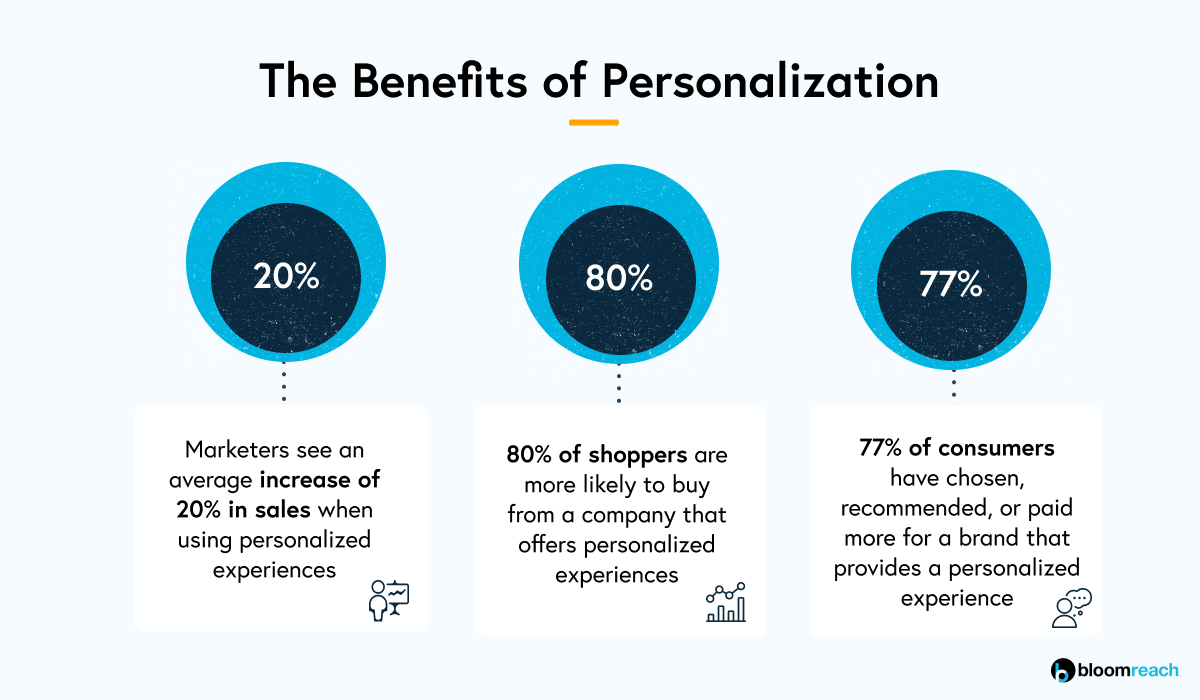
Image Courtesy – Bloomreach
Single Customer View fulfills these requirements as it not only manages and validates customer data in a central record but keeps it updated in real-time for any changes.
Finer Segmentation and Analysis
A unified customer profile that acts as a strong base on which processes such as segmentation and behavioral analysis can be run. Having a better understanding of the customer enables more fine-tuned segmentation and more accurate data analysis that can produce more actionable insights.
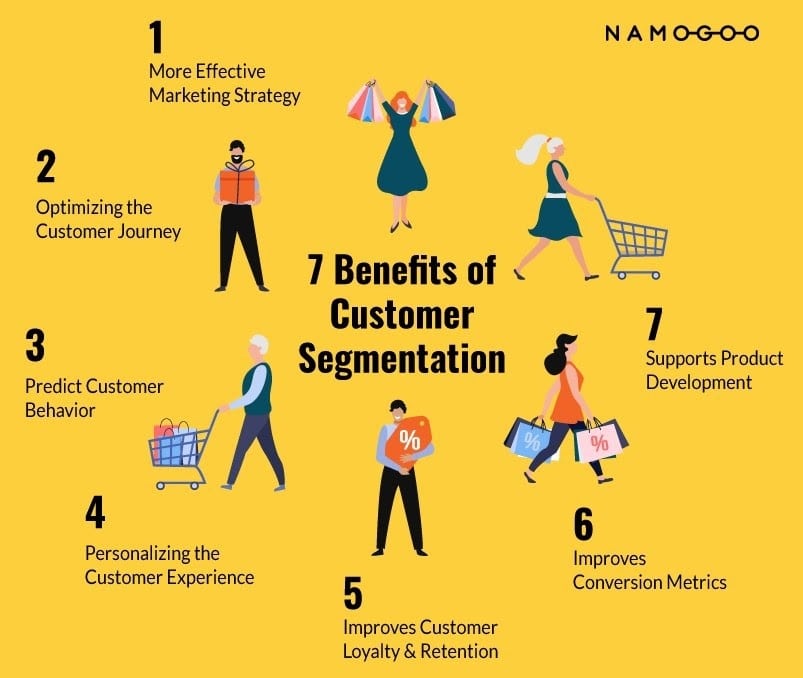
Image Courtesy – Namogoo.com
Other business processes that make use of segmentation and data analysis stand to make significant gains in terms of accuracy and effectiveness from SCV.
Accurate and Accessible Database for all Departments
Having a centralized database that is accessible across the various business departments prevents data silos. Moreover, with SCV, data redundancies are minimized, data is validated for authenticity, data gaps are filled up using external data points and data is updated for changes in real-time.
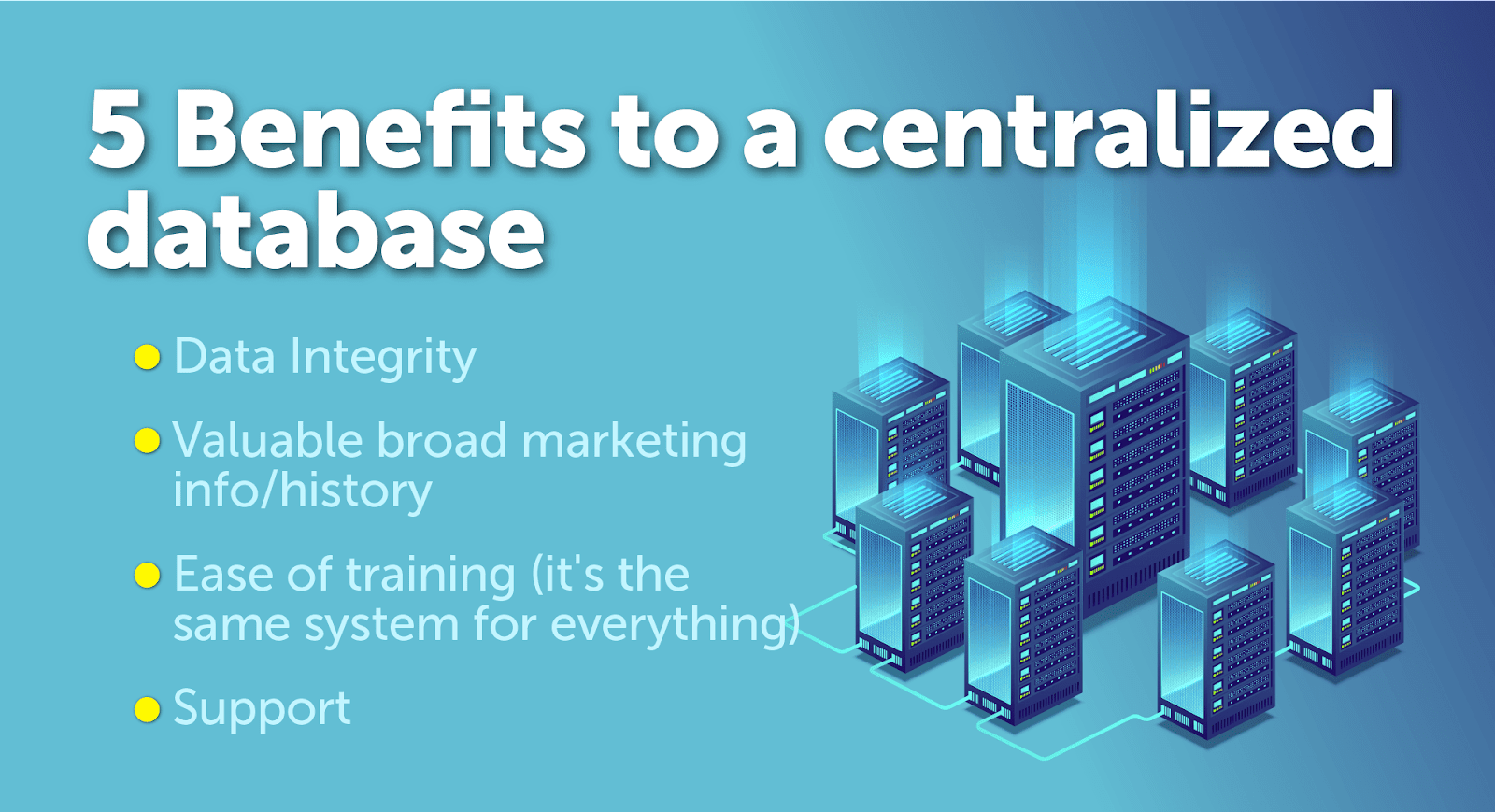
Image Courtesy – effectivedatabase.com
Ensures Positive Customer Journey and Experience
Be it your marketing, sales, or customer success team, having a clever and detailed overview about a particular customer enables them to provide that customer with a positive experience throughout the customer journey.

Image Courtesy – Entrepreneurs Courtyard
Knowing a customer’s preferences, which marketing material was the most receptive towards, purchase history, etc. can help expedite the sales cycle significantly.
But what all types of data are used to create an SCV? We’ll list those for you!
Types of Data used for an SCV
SCV merges multiple data points to create a singular customer overview that has data from all the sources which has been processed, validated and updated. The data used can be categorized as:
Demographic and Profile Data
These bits of data act as demographic identifiers for every individual customer. Their name, age, gender, location, what they do, how much they earn, their connection, etc. are all accounted for under this category.
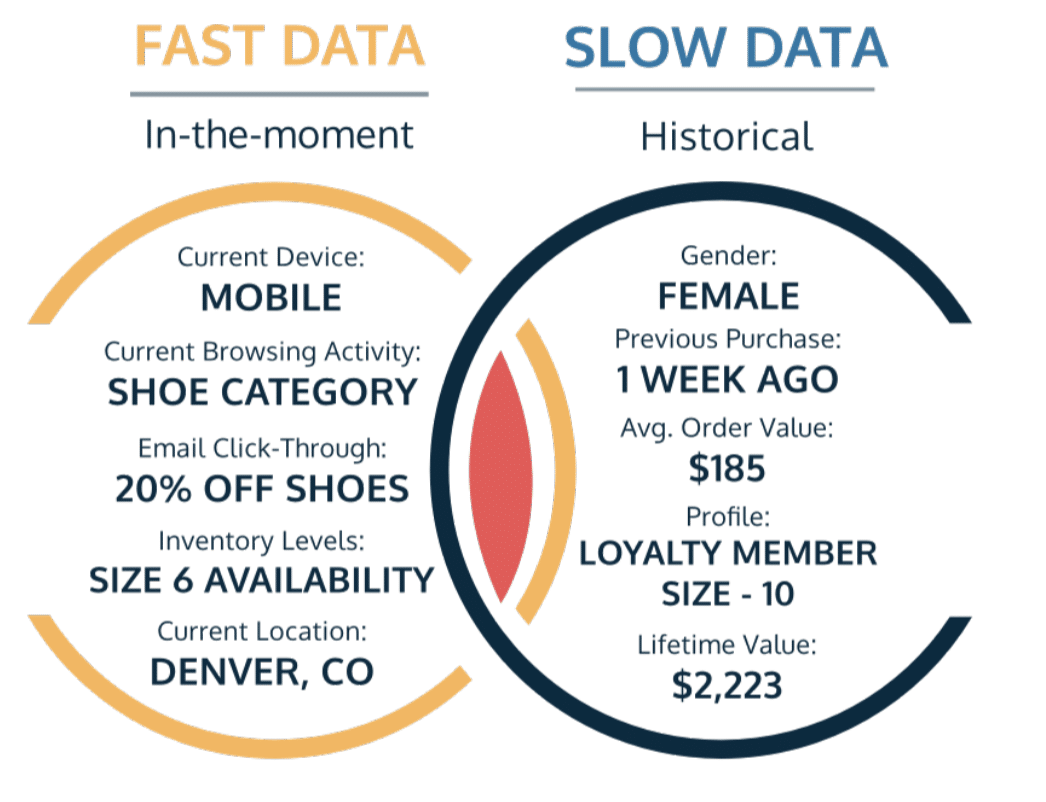
Image Courtesy – Piwik
Transactional Data
A customer’s purchases, returns, replacements, order history, wish lists, reviews, order values, subscription value, renewal frequency, reorder frequency, products purchased, services acquired, etc. are all recorded under this category. This data is primarily important for B2C businesses like eCommerce stores.
Behavioral Data
Data pertaining to various forms of customer behavior such as clicks, product usage, and page views, hovers, wish listing, adding products to cart, abandoning the cart, liking or commenting on social media posts, reacting to emails, etc. is recorded under this category.
Now that we know the types of data used for an SCV, let us check how its framework is and what are its components.
Components of SCV Framework
A single customer view will consolidate and manage data in the following categories and make it available, accessible and update it in real-time for use by everyone:
Customer Data
This will include all the information about a customer, ingested from various data points. A customer’s name, age, gender, role, business, contact details, and any other piece of primary information that may be needed to engage with him.
This information forms the base of the customer profile and is necessary to create a foundation on which further customer information can be added to create a unified and detailed Single Customer View.
Customer Journey Data
The second component of the SCV Framework is the information and insights obtained out of a customer’s journey data. On which channel and post/advert was a customer introduced to a brand, on which other channels has he come across the brand, where all has he interacted and how did he interact is all recorded and analyzed.
Any and all information and insights acquired out of this analysis are added onto the Customer Data to further build the customer profile, taking us one step closer to having a complete Single Customer View.
CRM Data
The final component of the SCV Framework is the information and insight obtained by analyzing all the behavioral and interactional data about a customer from the CRM of a business. A customer’s language preferences, medium of interaction, perception of the brand, issues encountered, issues resolved, level of engagement, etc. are considered.
All this information and insights are layered on top of the Customer Journey data that sits atop the base of Customer Data to generate a unified profile of a customer, i.e. a complete Single Customer View.
Why do B2B Businesses need SCV?
B2B Sector functions differently compared to the B2C sector and these differences bring in their own set of prerequisites for having a well functioning and profitable B2B business. Here are reasons why B2B Businesses need SCV:
1. Every Deal is Important
Every deal in the B2B sector carries a significantly higher value, owing to the nature and value of the offerings. This makes every single deal important to a B2B Business.
SCV aids not only the process of sales but also of marketing by making available all the useful information about a customer that team members can use to make sales pitches, personalization efforts, etc. which can raise the chances of conversion.
2. A Centralized, Validated Database
Having a centralized database that is well managed, validated, updated in real-time, cleaned, and can be accessed by all departments brings in a lot of benefits for the business. Operational and Strategic divides between departments are significantly minimized when everyone uses a single central database.
Along with aligning different business functions, an SCV will also prevent data decay, redundancy, silos, and other issues that generally affect business databases.
3. Ability to Provide Omni-Channel Personalization
Customer Experience is of the utmost importance in the B2B Sector owing to the high ticket value associated with every individual deal.
So being able to understand the requirements and preferences of your customers and using those to provide them with personalization across all mediums and platforms, significantly raises your chances of conversion.
4. Easy Management of Longer B2B Sales Cycles
It takes multiple months to close a single B2B Sales cycle and it becomes difficult to keep up with all the changes while trying to ensure a good customer experience.
SCV provides all the information about a customer, consolidated in one central location which is up to date. This makes it easier to manage long sales cycles and enables the sales representative to provide the customer with an optimal personalized experience.
5. Minimizing Customer Churn
Losing a single customer in the B2B Sector can significantly affect a business. Moreover, the cost of acquiring a new customer is always higher than retaining an existing one.
SCV can address this risk by enabling the customer service team to anticipate service requests and better cater to any or all issues that an existing customer may face and resolve them promptly to promote brand loyalty and customer retention.
Implementing Single Customer View in B2B Digital Marketing
Customer data is like oil and SCV helps you use the data to fuel your sales and marketing efforts to acquire more customers and retain better. Having a central data system helps you trigger your campaign personalization, segmentation, scoring, and other workflows. This makes things less complex for B2B sales as these have multiple touchpoints and decision makers. For example, let’s say you are a product company. A free trial user has signed up and he/she looks qualified. Your sales rep goes for the sale without knowing that the user has a major support ticket pending. How bad would that be? Or, how would you know what actions different prospects from the same account has taken on your website? SCV solves this problem.
Using Salespanel for example, businesses can have a central first-party data platform where all first-party web data is aggregated as a single source of truth. There are also products like Segment, Hubspot, and Piwik Pro that can help you.
Here are some use cases of SCV:
- Aggregating data and personalizing content.
- Sales intelligence as all data get passed to sales.
- Lead qualification and segmentation.
- Upselling relevant opportunities.
- Avoiding churn by detecting at risk clients.
There are so many possibilities. If you have a use case in mind, please connect with us. We would love to discuss it!
To Conclude with
Single Customer View is a powerful data management tool that enables a lot of functions that in turn raise the chances of your B2B business acquiring, converting more customers, and retaining the existing ones efficiently.
Having all the information about a customer in one place, consolidated, validated, and updated, can act as a single source of truth for all your business systems and software.
This will further increase the accuracy and effectiveness of the insights generated through data analysis. If you want to start with a simple SCV software, check out Salespanel.
Sell more, understand your customers’ journey for free!
Sales and Marketing teams spend millions of dollars to bring visitors to your website. But do you track your customer’s journey? Do you know who buys and why?
Around 8% of your website traffic will sign up on your lead forms. What happens to the other 92% of your traffic? Can you identify your visiting accounts? Can you engage and retarget your qualified visitors even if they are not identified?
